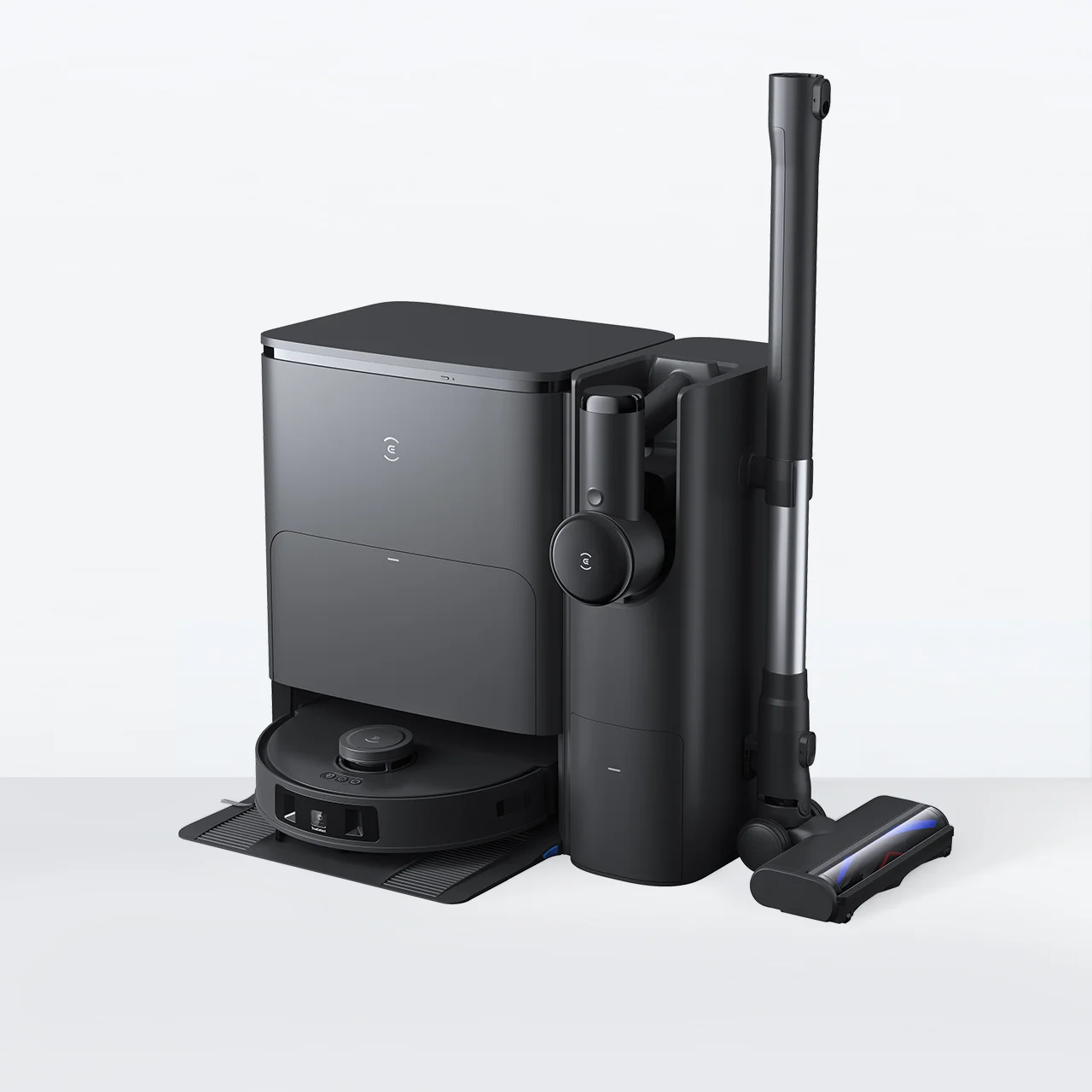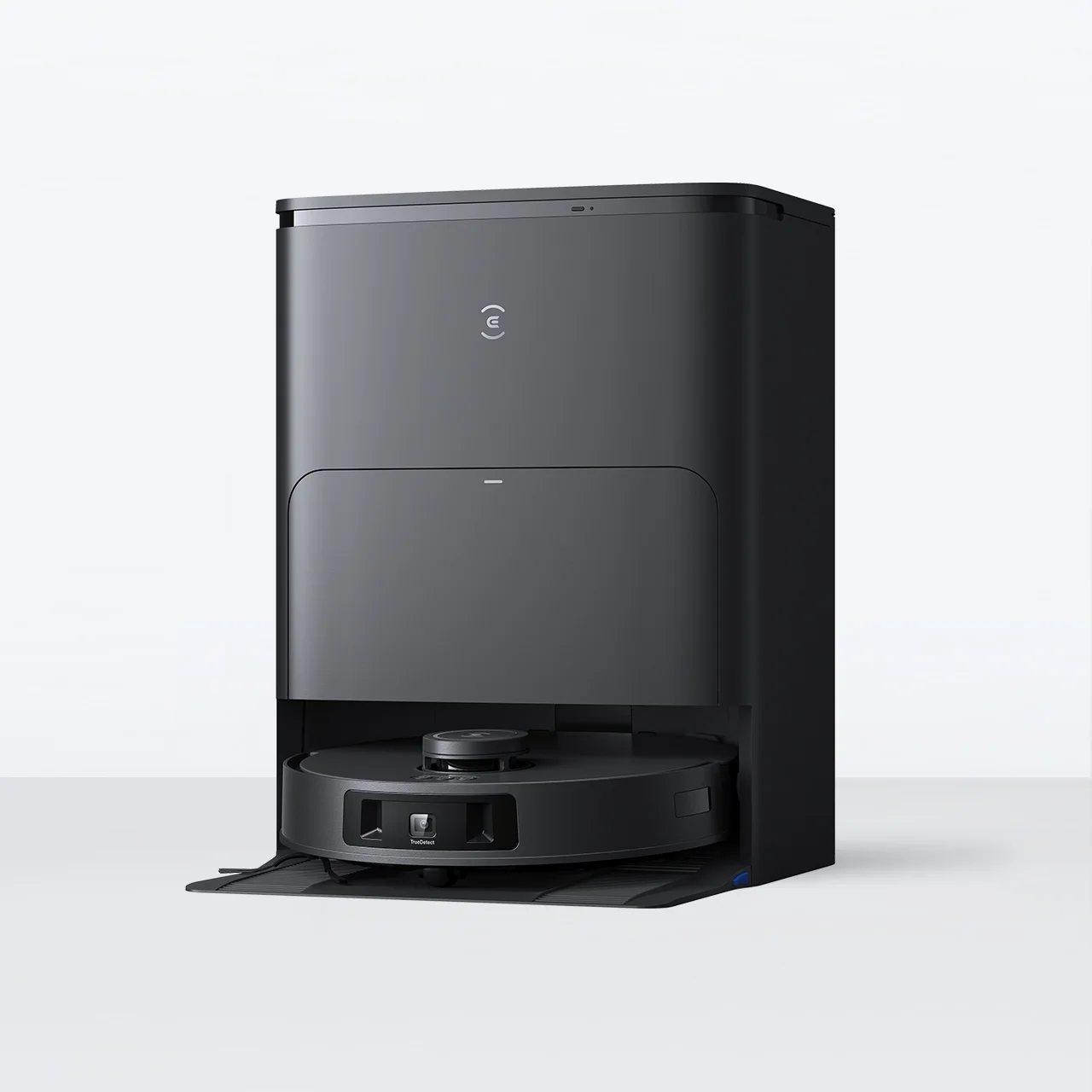
Regularly cleaning your vacuum cleaner is key to keeping it in top shape and ensuring it performs well over time. In the United States, about two-thirds of household dust comes from outside, and brought indoors by air and tracked-in soil. Over time, dirt will accumulate on your vacuum and lead to issues like loss of suction, unpleasant smells and even clogs. Regardless it’s an upright, canister, handheld, or traditional model, learn how to maintain your vacuum properly to reduce allergens and improve suction power.
Why Is It Important to Clean Your Vacuum Cleaner?
Cleaning your vacuum cleaner is important because it helps maintain its suction power, hygiene, and thus, the overall performance. The first step in cleaning a vacuum typically involves unclogging the brush rolls, hose and filter, which allows the vacuum to pick up dirt and debris more efficiently.
Regular cleaning also extends the life of your vacuum cleaner, which typically lasts between 4-7 years, by preventing wear and tear on the motor and other components. On top of that, keeping your vacuum clean reduces the spread of dust, allergens and bacteria in your home, creating a healthier living environment for you and your family.
With advancements like AI-powered technology now integrated into many vacuum cleaners, investing in a good vacuum is worthwhile. By taking the time to clean your vacuum regularly, you can keep it operating at its best, saving you money in the long run and keeping your home cleaner and fresher.
What Do You Need to Clean Your Vacuum?

To clean a vacuum cleaner, you will need a few basic tools, cleaning solutions and supplies to do the job thoroughly. Prepare some spare parts within reach, and most importantly, wear safety gear to protect yourself.
● Basic Cleaning Supplies: You’ll need a screwdriver to access different parts of the vacuum, scissors to cut away tangled hair and debris, and soft cloths for wiping down surfaces. A soft brush is also handy for gently cleaning parts like filters.
● Cleaning Solutions: For cleaning solutions, mild soap and water work well for general cleaning tasks. If you’re dealing with tougher dirt and grime, consider using specialised vacuum cleaner sprays recommended by the manufacturer for this purpose.
● Specialised Tools: When it comes to specialised tools, a compressed air canister can do a fantastic job of blowing out dust from hard-to-reach areas. Moreover, using an attachment designed for detailed cleaning will help you get into crevices and small parts that are often overlooked.
● Replacement Parts: It’s also a good idea to have replacement parts on hand, such as spare filters – HEPA filters, for example, require regular replacement — and brushes in case the vacuum’s brush rolls shows signs of wear or damage.
● Safety Gear: Lastly, don’t forget about safety gear. Wearing gloves will protect your hands while cleaning, and using a mask is important to avoid inhaling dust and allergens, particularly when dealing with heavy debris.
How Do You Clean a Vacuum Cleaner?
Start the cleaning process by unplugging the vacuum and removing all moving parts, including the brush rolls, filters and dustbin.
Begin by unclogging any debris from the brush rolls and hose, if needed, use scissors to cut away tangled hair and strings. Wipe down the exterior and all removable parts with a damp cloth, then clear or replace the dustbin with a new one.
Pay special attention to the filters; if they’re washable, rinse them thoroughly and let them dry completely before reattaching. Finally, reassemble all parts once they’re completely dry, and your vacuum will be ready for use again.
The cleaning process may vary depending on the type of vacuum, for example, cleaning a robot vacuum is different from cleaning a regular vacuum, as robots have multiple sensors and cameras. The above-mentioned steps generally apply to most common vacuum types.
How Do You Clean The Vacuum Filter?

Filters in a vacuum cleaner trap debris, dust and allergens, preventing them from being released back into the air. If the filter becomes too dirty, it can reduce suction power and eventually cause the vacuum to spit dust out.
Before cleaning the filters, check whether they are washable:
● For washable filters, remove the filter, rinse it under lukewarm water, then gently squeeze out excess water. Allow it to air dry completely, which usually takes 24 hours, before reattaching.
● For non-washable filters, simply tap out the dust or use a soft brush to clean them. These filters should be replaced regularly, following the manufacturer’s guidelines. You can conveniently purchase replacements online or at local appliance stores.
How Do You Clean The Vacuum Brush Roll And Nozzle?

Brush rolls and nozzles are the biggest contact points with the floor, which are important in helping a vacuum cleaner pick up dirt, hair, and debris. If they are left dirty, the vacuum can lose suction and leave debris behind.
Cleaning them is easy. First, remove the brush roll from the vacuum and use scissors to cut away any tangled hair and debris. Wipe the roll with a damp cloth to remove dust. For the nozzle, inspect for blockages and clear any debris with a small brush or compressed air. Avoid using sharp objects that could damage the components.
How To Clean A Vacuum’s Dustbin Or Bag?

Once the vacuum sucks up dirt and debris from the floor, the dustbin collects and stores them. Thus, it’s essential to keep it clean because if the dustbin gets overstuffed, it can lead to unpleasant smells, bacteria growth, clogs and even worse, the vacuum spitting debris back out.
There are many types of dustbins and bags on the market. For bagless models, remove and empty the dustbin after each use, then wash it with mild soap and water. Wait until it’s completely dry before reattaching.
For vacuums with dust bags, depending on the capacity and frequency of use, check the bag at least once a week. Replace it when it’s about two-thirds full or when you notice a drop in suction. Handle bags carefully to avoid tearing and spilling debris.
How Do You Clean The Vacuum Hose And Attachments?

The vacuum hose and attachments, such as the crevice tool, upholstery brush and dusting brush, are designed to reach tight spaces and clean various surfaces. Keep them clean as a dirty hose or clogged tools can affect suction power and spread dirt instead of removing it.
To clean the hose, detach it and check for clogs by gently shaking it and using a long, flexible brush to remove any blockages. Wash the attachments with mild soap and water, then let them dry fully before reattaching.
Occasionally, lubricate the vacuum’s moving parts, including wheels and brush roll bearings, to ensure smooth operation and prevent wear.
How Do You Clean The Exterior Of A Vacuum Cleaner?

The exterior of a vacuum cleaner protects its internal components and houses the controls, so keeping it clean is a must for both hygiene and maintaining the vacuum’s appearance. If you accumulate dust and grime on the exterior, it may transfer back onto surfaces during cleaning.
When cleaning the vacuum, simply wipe down the exterior with a damp cloth, focusing on areas that collect dust like vents and buttons. Regularly inspecting the exterior for signs of wear or damage can also help you spot issues early and keep your vacuum in good working condition.
How Often Should You Clean Your Vacuum Cleaner?
Clean your vacuum cleaner once or twice a month to maintain its performance, but the exact frequency depends on several factors: how often you use it, the type and age of vacuum, if you have pets, and any signs of trouble like a burning smell or unusual noises.
Keeping a regular schedule can help extend your vacuum’s lifespan:
● Daily and Weekly Tasks: Empty the dustbin or replace the bag if necessary. Check for blockages in the hose, nozzle and attachments. Wiping down the exterior to remove dust also helps keep your device in good condition.
● Monthly and Quarterly Tasks: Focus on deeper maintenance. Wash or replace the filters, and take the time to cut off any tangled hair or debris from the brush roll. Inspect for any signs of wear or damage to let your vacuum run efficiently for as long as possible.
FAQ
How do I know when my vacuum needs cleaning?
You’ll know your vacuum needs cleaning if you notice loss of suction, unusual noises, a burning smell, or visible dirt build-up on the exterior. Furthermore, check the dustbin or bag; if it’s full or the filters appear clogged, it’s time for a thorough cleaning.
Do you clean a vacuum after each use?
It’s not necessary to clean your vacuum after every use, but emptying the dustbin or replacing the bag is recommended. Regularly inspecting for blockages in the hose and attachments will also help maintain its performance between deep cleanings.
How to deep-clean your vacuum?
To deep-clean your vacuum, start by unplugging it. Remove and wash or replace the filters, clean the brush roll, and check for blockages in the hose and nozzle. Wipe down the exterior and ensure all components are dry before reassembling.
How to remove tangled hair from a vacuum?
To remove tangled hair from a vacuum, first, unplug the device. Use scissors to carefully cut away the hair from the brush roll and be cautious not to damage the bristles. Gently pull the hair away and dispose of it before reattaching the brush roll. Alternatively, consider a robot vacuum for long hair which is equipped with tangle-free technology.
What should I do if my vacuum still has poor suction after cleaning?
If your vacuum still has poor suction after cleaning, check for any remaining blockages in the hose or attachments, and inspect the vacuum for any damaged or worn-out parts that may need replacement. If the problem persists, contact customer service for advice.
Related Products









